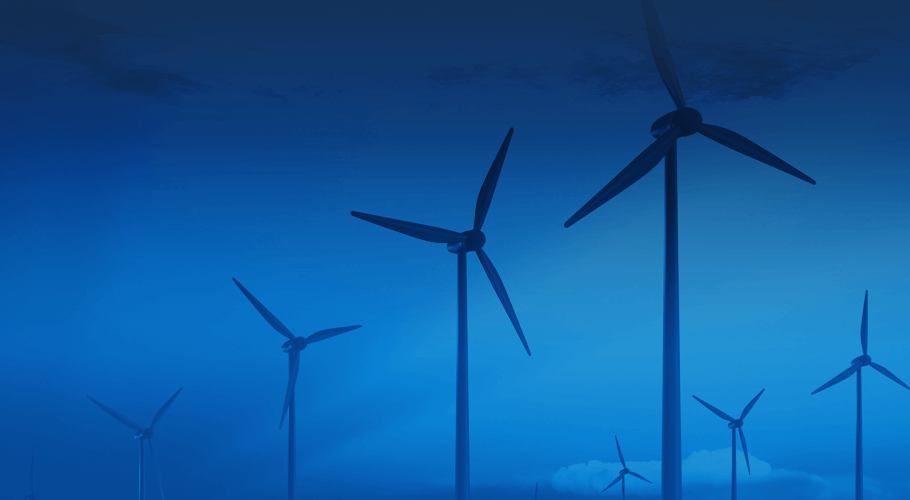
Advances in component manufacturing and performance forecasting is set to halve the number of gearbox faults within a few years. An increasing focus on wind farm operations and maintenance (O&M) has led to a sharp improvement in gearbox performance over the last decade.
The gearbox is 13% of the overall cost of a typical onshore wind turbine, making it a costly and heavy part of the wind turbine, “There are around 1,200 incidents of gearbox failures reported each year – one failure per 145 turbines.” (According to a specialist renewable energy underwriter, 2014).
If a gearbox is to be replaced, the plant outage can last between a few days to as much as two months, depending on parts availability (WEU Onshore Asset Optimization & Reliability Benchmarking Report, 2015).
The top failing components in wind turbine gearboxes are:
(Wind Energy Update, February 2016)
The gearbox itself, connects the low speed shaft to the high speed shaft and increases the rotational speeds from about 30-60 rotations per minute (rpm), to about 1,000-1,800 rpm; this is the rotational speed required by most generators to produce electricity.
It is a common problem that gearboxes in wind turbines, more than those in any other application, tend to fail prematurely. It has been known that at some wind farms, up to half of all gearboxes have failed within a few years. There are numerous reasons for this, including the relative newness of the industry, the rapid evolution of turbines to extra-large sizes, poor understanding of turbine loads, and an emerging, unexplained failure in turbine bearings, called axial cracking.
Statistics show that there is a 60% combined drive-train failure rate, and that the top gearbox failure is due to the high or intermediate speed shaft bearing axial cracks.
This has been thought to be down to the wind turbine drive-trains undergoing severe transient loading during start-ups, shut-downs, emergency stops and during grid connections. It is this load casings which results in torque reversals that can prove damaging to bearings. This is due to rollers skidding during the sudden relocation of the loaded zone. Seals and lubrication systems must be suitable to work constantly over a varied temperature range to prevent the ingress of dirt and moisture.
Though there is no single reason why wind turbine gearboxes fail prematurely, the gearbox’s reputation for a high failure rate is largely due to the engineering challenges of assessing the non-torsional loads that pass through the gearbox, which affect the gears and bearings.
Some common reasons for wind turbine gearbox problems can include:
Other parameters important for wind power generation must also be considered carefully including: efficiency, power, slip, performance, effective cooling all at full and partial loads and the ability to withstand environmental stresses. When failure is realised, sometimes the only solution is to exchange the component.
Service providers can provide services to maximise the production, availability, reliability, and performance of major components such as turbine gearboxes and generators. However downtime due to component availability, production and reliability results in unexpected incalculable costs.
This list of unforeseen circumstances and incurred costs can be eliminated with the help of reliable bolting systems.
Torque Applications
Tensioning Applications
With decades of experience in industry and a 24/7, 365 days a year customer service guarantee, you can be assured HTL’s British made controlled bolting solutions are amongst the most advanced and safe solutions in the market that can save you costly downtime.
Start preventing failures today by ensuring bolted connections are torqued and tensioned with 100% accuracy; with premium equipment readily available, along with essential bolting software packages, HTL has the tools to help you reduce incalculable costs quickly.
Discover how HTL’s extensive, premium quality range of bolting solutions for the wind energy industry can help you; contact us to arrange a no cost, no obligation demonstration of our industry leading bolting solutions or to get an instant quotation.